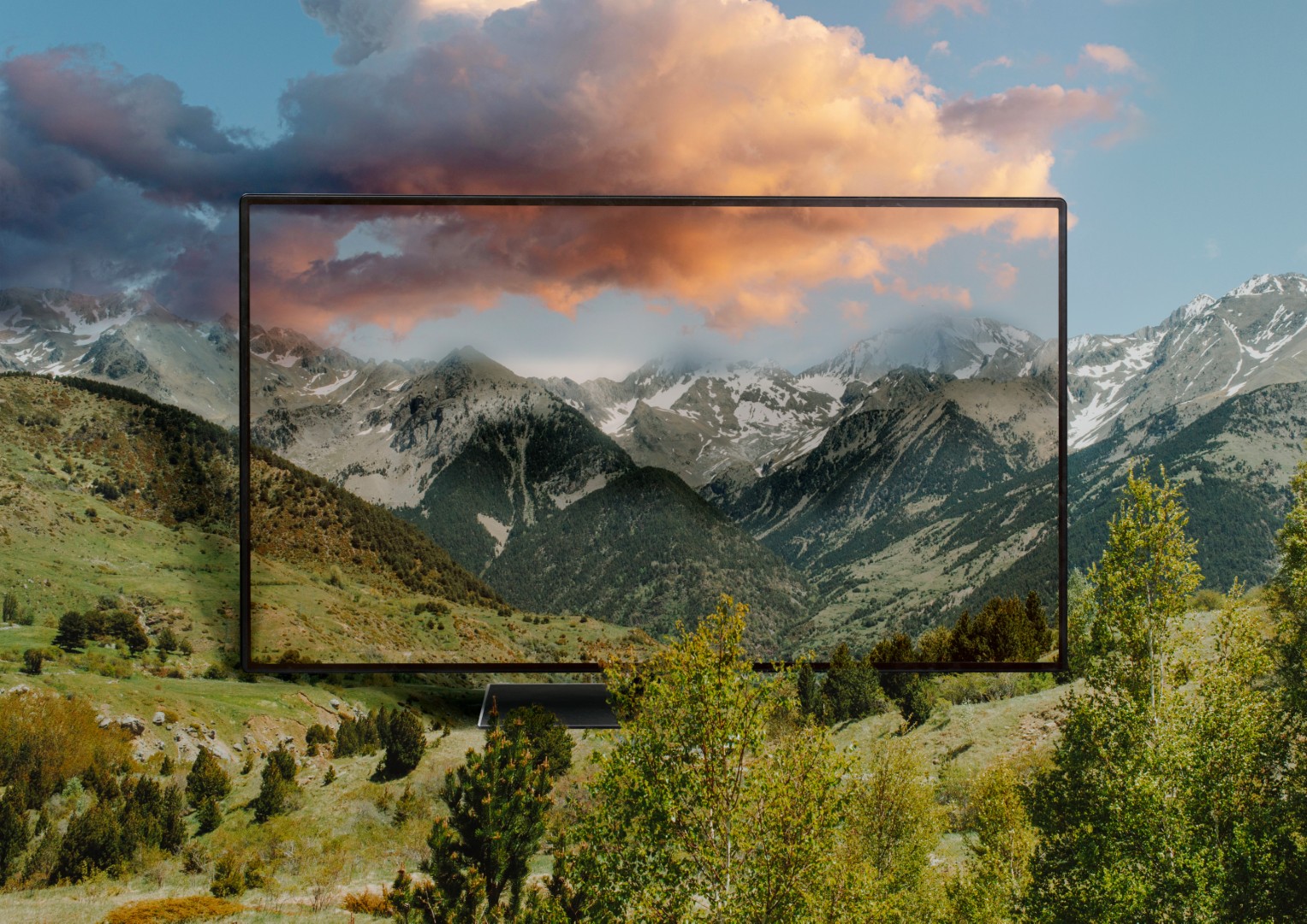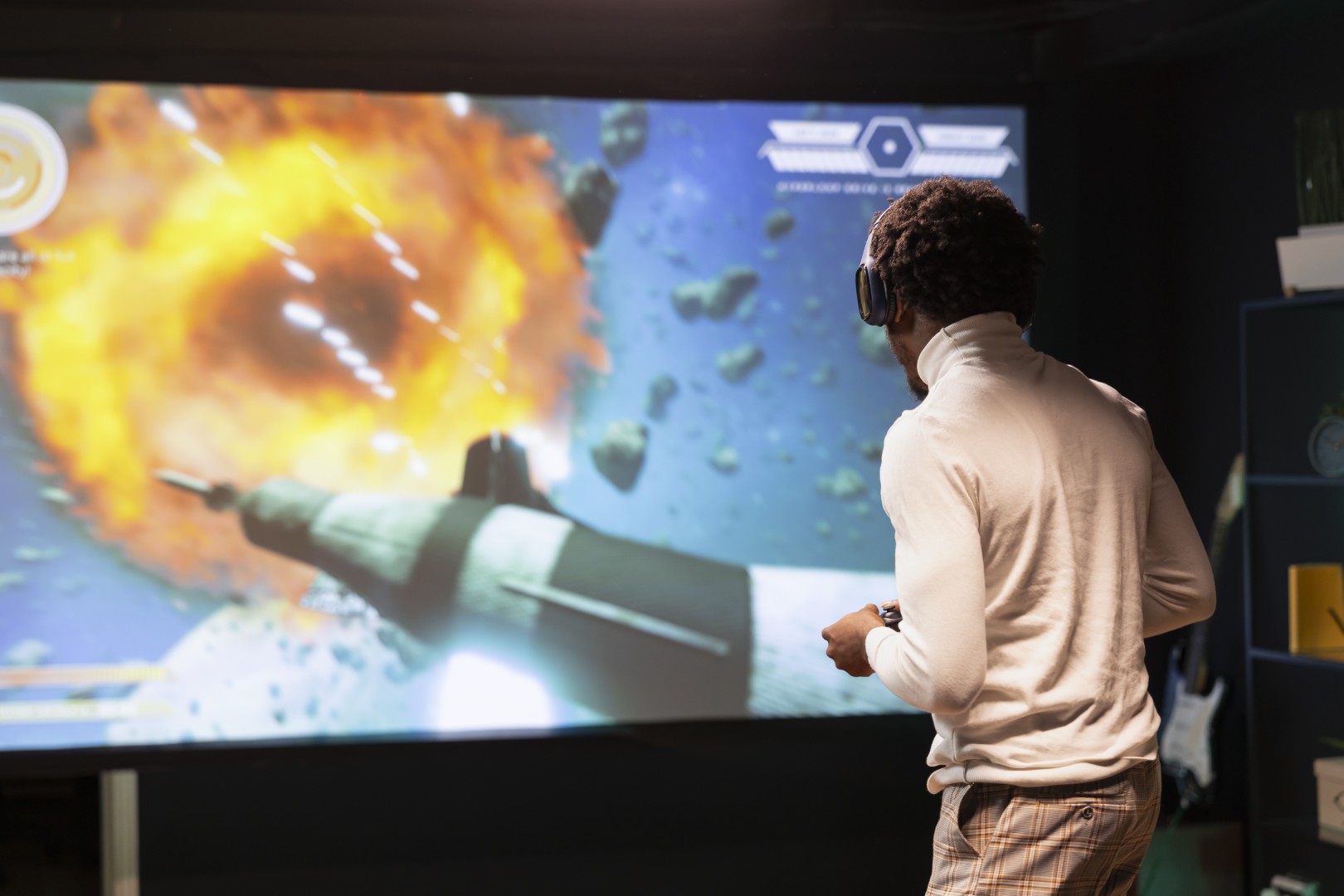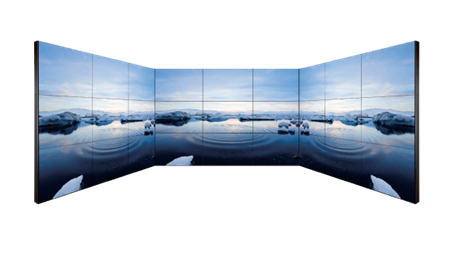In the digital era, visual communication has never been more pivotal. LCD video walls stand at the forefront of this evolution, offering a dynamic and engaging way to convey information in various sectors. From broadcasting live events to displaying advertisements in high-traffic areas, these technological marvels have become indispensable. This article wills how you how to make an informed decision when investing in an LCD video wall.

LCD Video Walls: An In-Depth Look
Liquid Crystal Display (LCD) technology operates on the principle of controlling light transmission through liquid crystals. When an electric current is applied, the liquid crystals align to allow light to pass through, creating the pixels that form the image.
In the context of video walls, these individual LCD panels are synchronized to display a unified image that is much larger than any single panel could provide. The integration of multiple panels is made possible through advanced video processing technology, which ensures that the content is displayed with little gaps or misalignments.
Advantages of LCD Video Walls
- High Image Quality: Modern LCD panels offer high resolutions, which means that the images displayed on an LCD video wall are crisp and clear, even from close distances.
- Energy Efficiency: Compared to other display technologies, LCDs are more energy-efficient, making them a cost-effective choice for long-term use.
- Indoor and Outdoor Use: With the right protective measures, LCD video walls can be used both indoors and outdoors, offering flexibility for different environments.
Limitations of LCD Video Walls
- Dead Pixels: One of the potential issues with LCD panels is the occurrence of dead pixels, which are pixels that do not light up and appear as black spots on the screen.
- Calibration Needs: Over time, the colors on LCD panels can shift, requiring periodic calibration to maintain color accuracy and image quality.
- Brightness Limitations: While suitable for most indoor applications, LCD video walls may struggle to achieve the brightness levels needed for direct sunlight exposure without additional enhancements.
In short, LCD video walls are a powerful visual communication tool with a range of benefits that make them a popular choice for many applications.

Applications of LCD Video Walls
The diverse applications of LCD video walls are indispensable in a wide array of sectors, from broadcasting and entertainment to retail and beyond.
1. Broadcasting and Sports Arenas
In broadcasting, LCD video walls are integral to live event coverage. They offer a platform for displaying live footage, instant replays, player stats, and crowd shots, all of which contribute to an immersive viewing experience for the audience. The high refresh rates and quick response times of LCD panels make them ideal for capturing the fast-paced action of sports.
Additionally, these video walls can be used for interactive features, such as audience participation segments, further engaging viewers and creating a dynamic atmosphere.
2. Retail and Advertising
The high-impact visuals offered by LCD video walls make them a powerful tool for advertising. In retail environments, they can be used to highlight product features, showcase sales, and run promotional campaigns. The ability to display vibrant, high-resolution images and videos captures the attention of customers and can influence purchasing decisions.
Furthermore, in digital signage, video walls can be programmed to display targeted content based on time of day, customer demographics, or even weather conditions, providing a personalized shopping experience.
3. Transportation and Public Spaces
At transportation hubs like airports and train stations, LCD video walls serve a dual purpose. They provide essential information to travelers, such as flight or train schedules, gate changes, and delay notifications. At the same time, they can display advertisements, news headlines, or entertainment content to keep passengers informed and entertained during their wait.
In public spaces, video walls can also be used for emergency communication, displaying critical alerts and instructions in times of need.
4. Control Rooms and Security Centers
In control rooms and security centers, LCD video walls are a critical component for monitoring and managing various systems. They allow operators to view multiple camera feeds simultaneously, providing a comprehensive overview of a situation. This capability is particularly important in emergency response and crisis management, where timely decisions can have significant consequences.
Additionally, these video walls can display data from various sensors and monitoring systems, enabling operators to detect patterns, predict trends, and respond proactively to potential issues.

Key Considerations Before Buying
As you navigate the decision to invest in an LCD video wall, it’s imperative to weigh a variety of technical specifications and practical concerns that will impact the performance, longevity, and overall value of your display system.
1. Resolution and Pixel Density
Resolution is a critical factor in determining image clarity. Higher resolutions, such as 2K or 4K, provide more pixels and, thus, more detailed images. However, these higher resolutions also come with a higher price tag and may require more powerful hardware to support them. Consider the content you’ll be displaying and the distance from which it will be viewed to determine the appropriate resolution.
2. Screen Size and Aspect Ratio
The physical size of the video wall and its aspect ratio (the ratio of width to height) should be chosen based on the space where it will be installed and the content that will be displayed. Larger screens can create a more immersive experience but may not be necessary if the video wall is to be viewed from a closer distance. The aspect ratio should also match the content format to prevent stretching or distortion.
3. Brightness and Contrast Ratios
Brightness, usually measured in nits, is particularly important for public displays where the video wall will compete with ambient light. A higher brightness level ensures that the content is visible even in well-lit environments. Contrast ratio, the difference between the brightest whites and the darkest blacks, also affects the overall image quality, providing depth and dimension to the displayed content.
4. Viewing Angles and Color Reproduction
The viewing angles determine how much you can deviate from the center of the screen before the image starts to degrade. Wider viewing angles are preferable, especially in public spaces where viewers may not be directly in front of the screen. Accurate color reproduction is equally important, as it ensures that the colors displayed on the screen are true to the source material, enhancing the overall visual appeal.
5. Refresh Rates and Response Times
The refresh rate, measured in hertz (Hz), is the number of times the screen updates the image per second. A higher refresh rate can make motion appear smoother, which is particularly important for fast-moving content like sports or action movies. Response time, measured in milliseconds (ms), is the time it takes for a pixel to change from one state to another. Faster response times reduce ghosting and motion blur, making them essential for video walls that will display rapidly changing images.

Product Highlight: Color’s LCD Video Wall
Color’s Indoor 46” LCD Video Wall is an industry-leading display solution designed for longevity and high-quality visuals. It features an Industrial A+ Grade Panel with a life span of 60,000 hours, ensuring reliable performance for extended periods.
This video wall stands out with its high resolution of 1920×1080, a contrast ratio of 4500:1, and a brightness that can be tailored to either 500cd/m² or 700cd/m². The super-narrow splicing and built-in video splicing techniques offer a seamless visual experience, while the 178° wide viewing angle caters to audiences from various positions.
The video wall is equipped with versatile signal ports, including VGA, HDMI, DVI, and CVBS, along with a USB port for media display and upgrades. It supports LED backlight for low power consumption and environmental protection. The metal frame is designed to be static-free and resistant to electrical interference, making it suitable for use in sensitive environments.
Conclusion
In conclusion, the decision to purchase an LCD video wall is a significant investment that requires careful consideration of various technical specifications and applications. By understanding the basics of LCD technology, evaluating the advantages and limitations, and considering key buying factors, you can make a purchase that will enhance your visual communication strategy. The future of display technology is bright, and LCD video walls are a testament to the innovation driving this industry forward.


